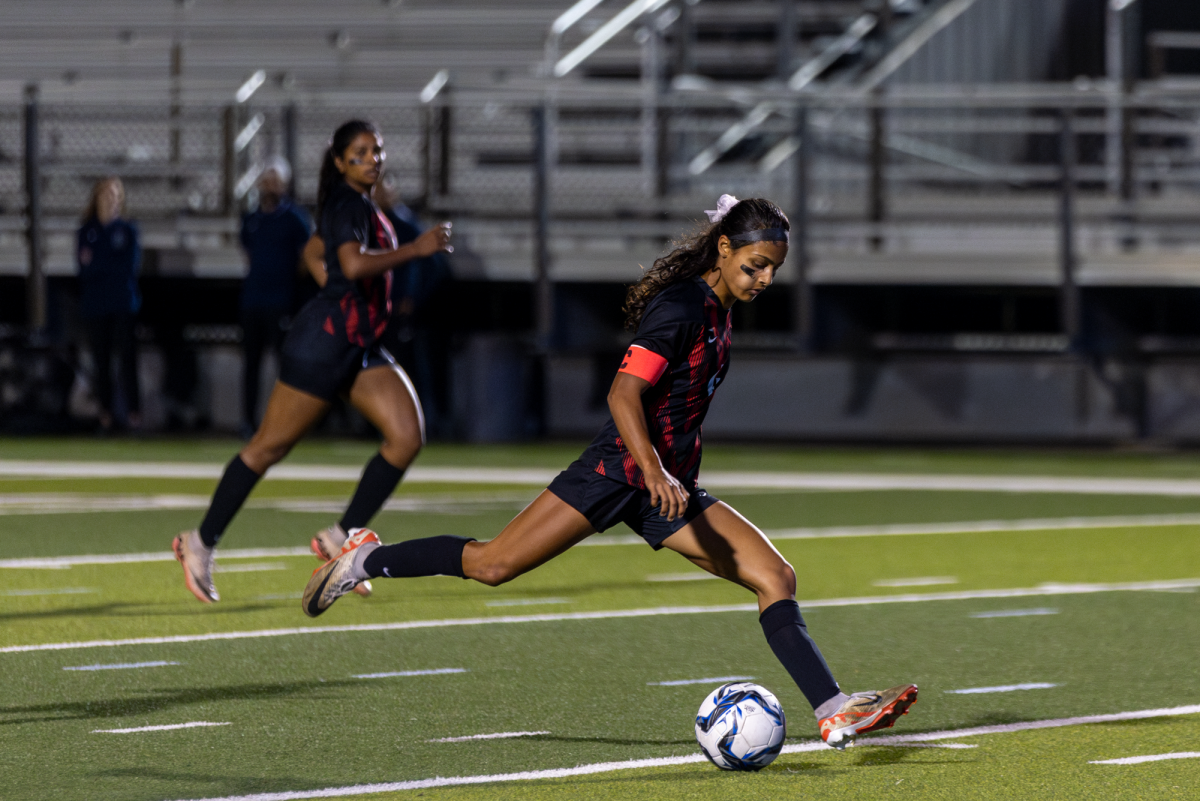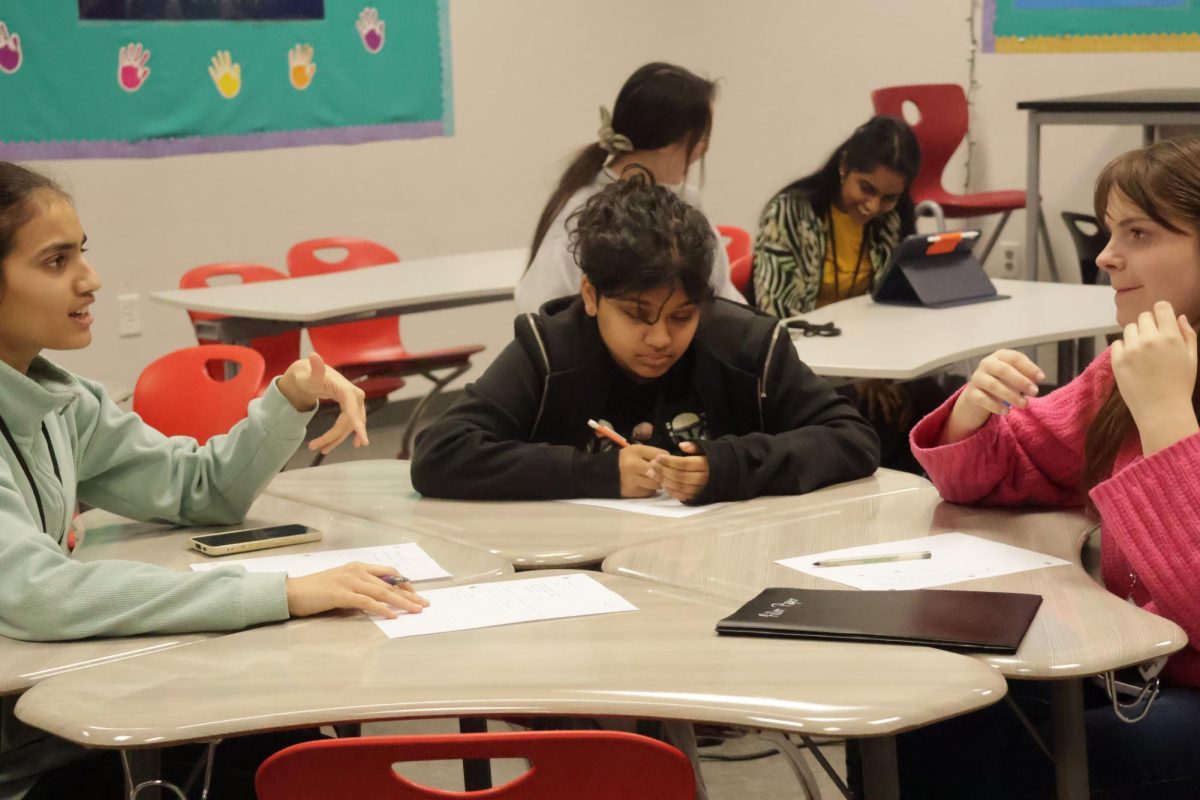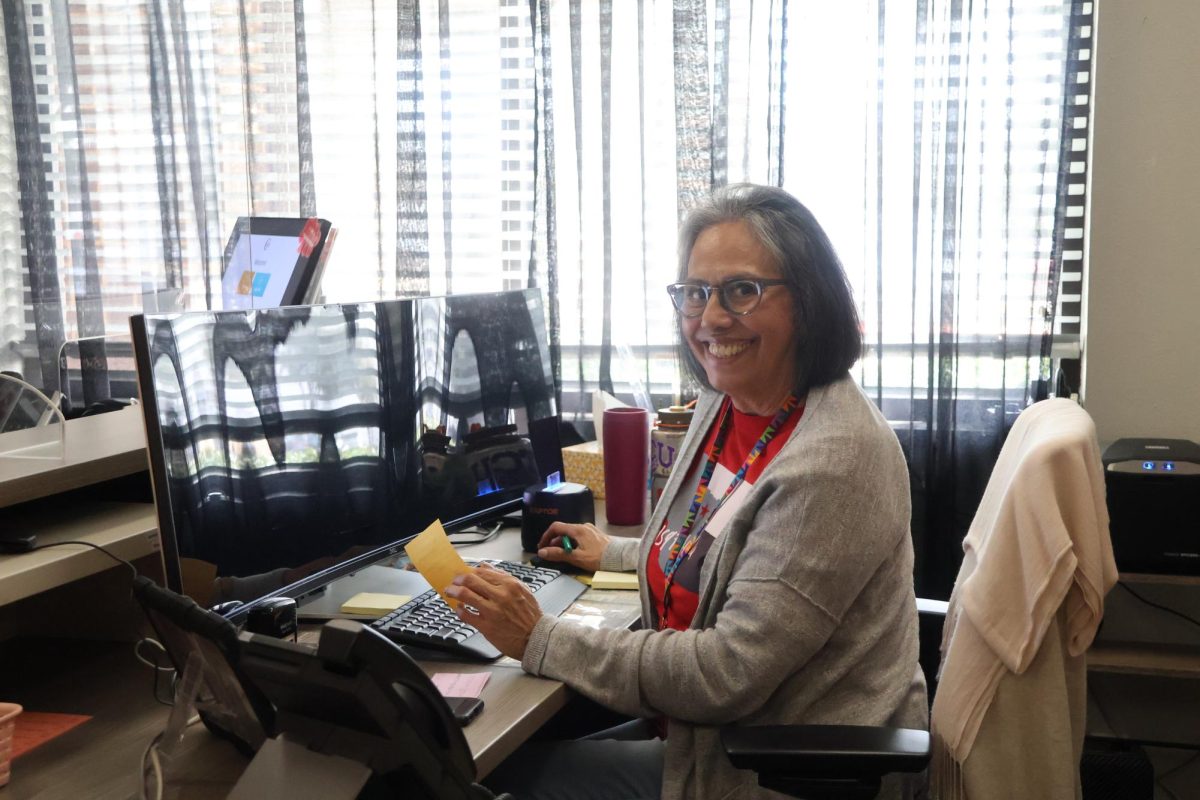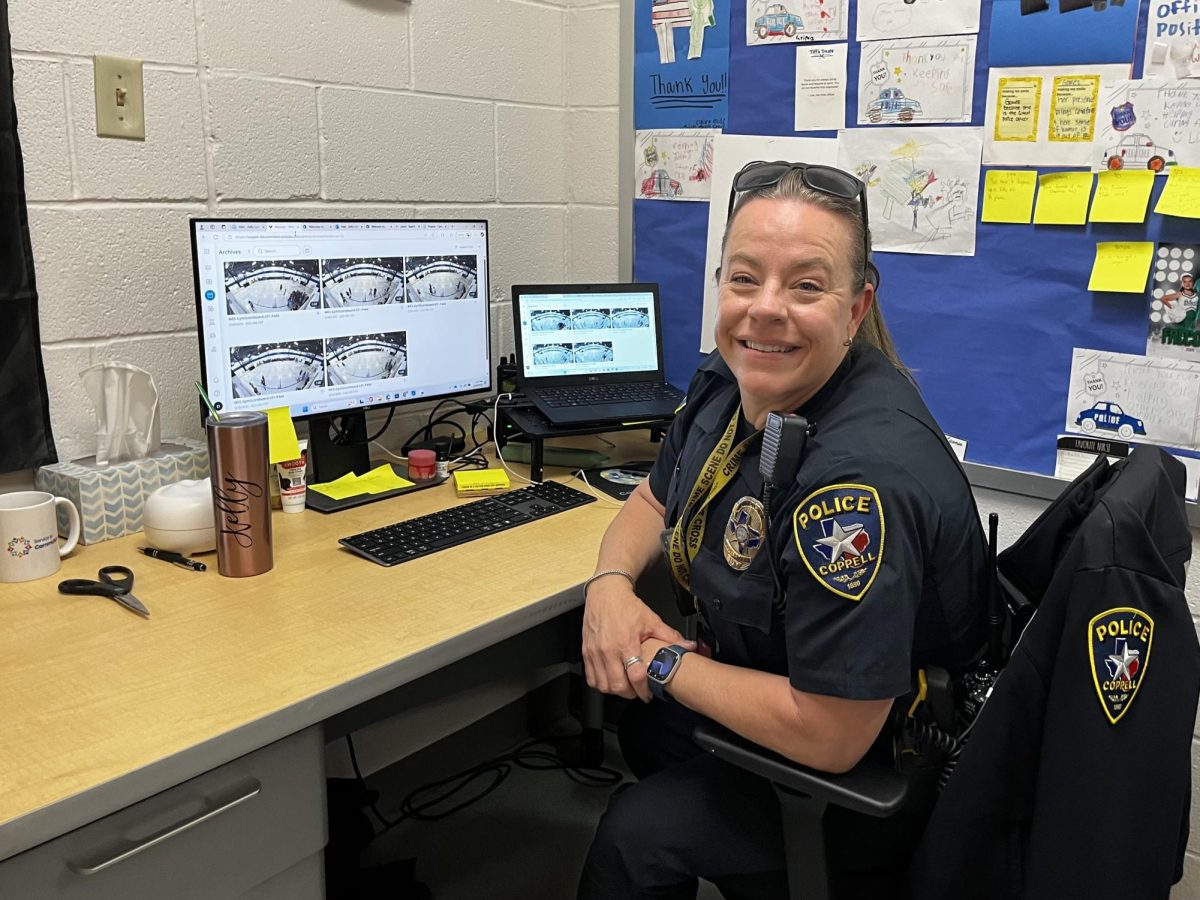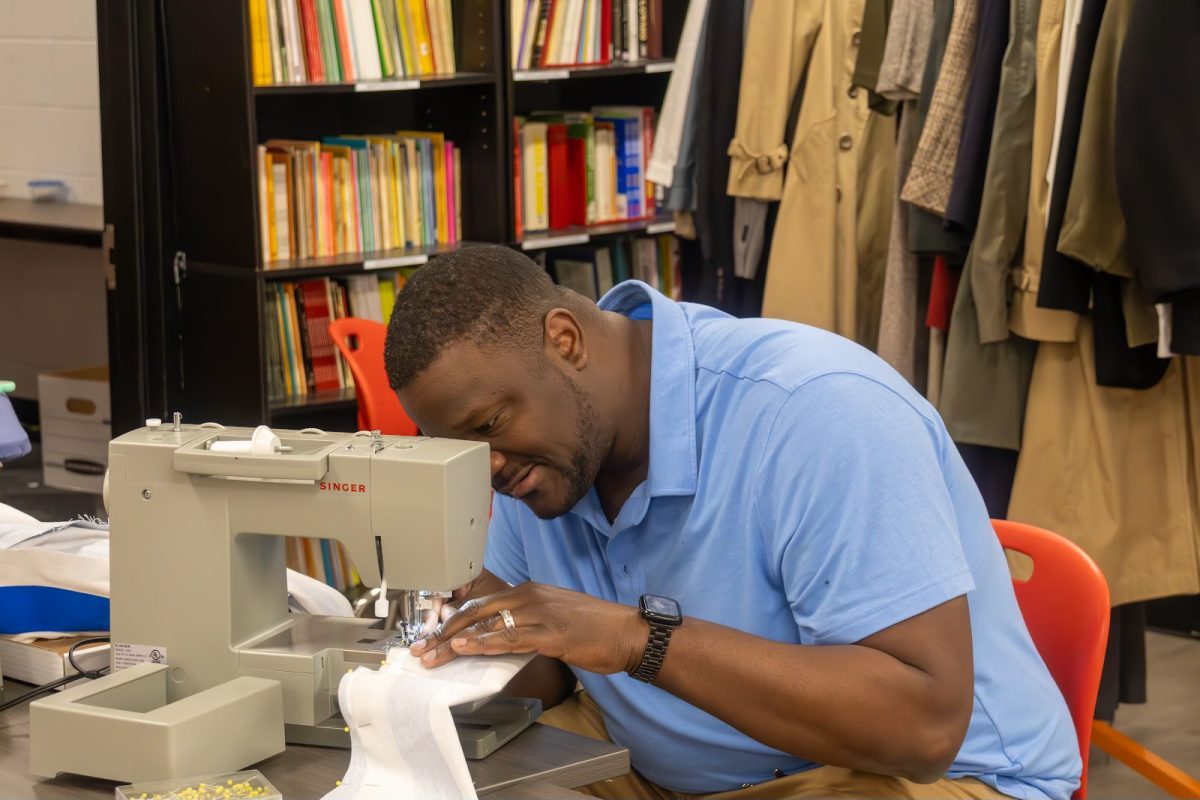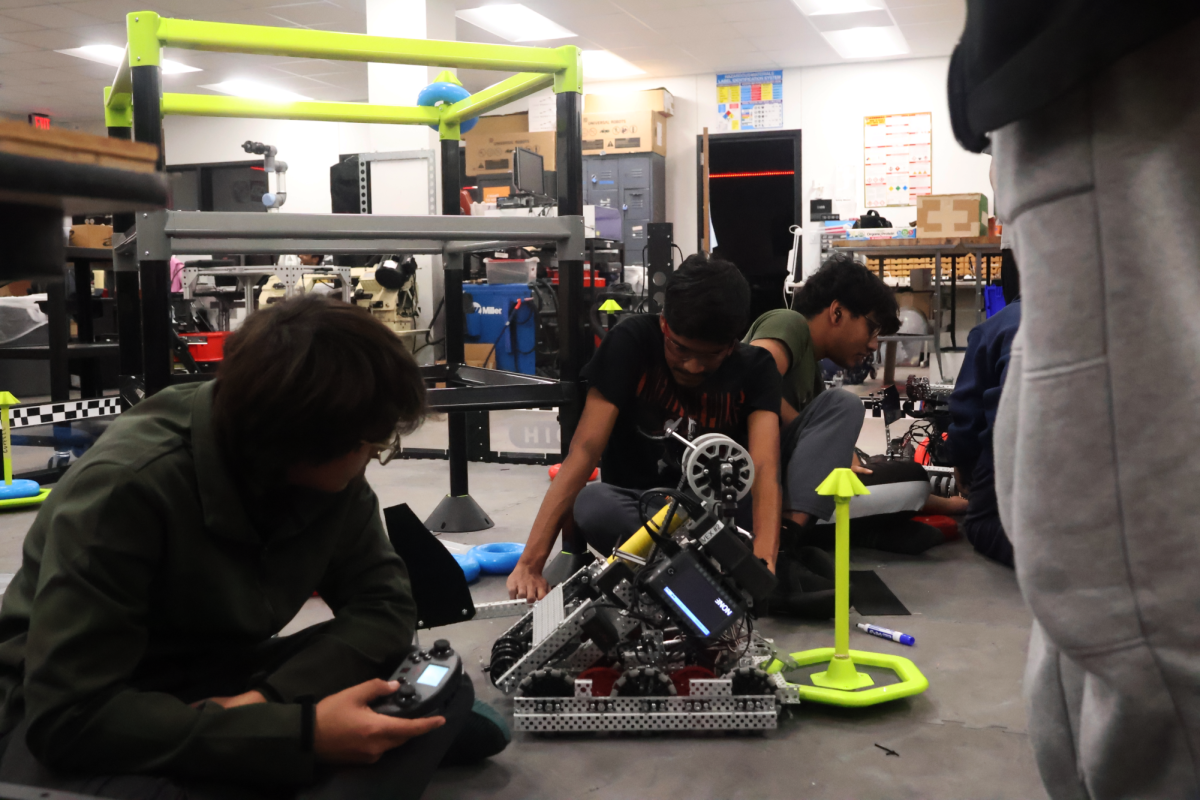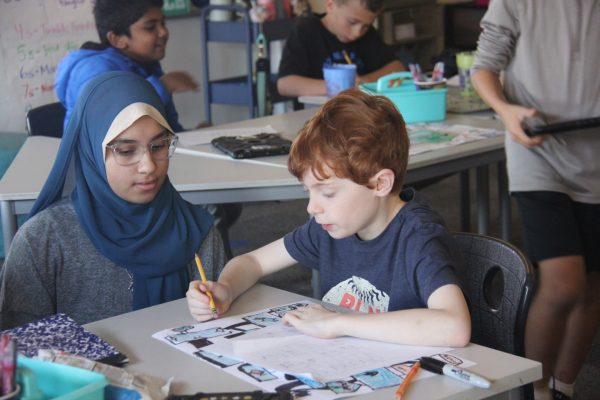
On a Monday morning, the sound of students chattering fills Town Center Elementary School third grade teacher Erin Naughton’s classroom.
As the door creaks open, heads turn and Coppell High School senior Yomna Elkayer is met with smiles from the students who consider her a mentor more than a teacher.
Centered around preparing students for careers in education and related fields, CHS offers a teaching and coaching practicum under Instructional Practices and Practicum of Education and Training. This is a structured pathway for students to explore their interests and gain hands-on experience within real classroom settings and a chance to gain insight into their future.
The practicum class is for students who see a future in being a classroom teacher, coach, corporate trainer or possibly just working with kids in some capacity in the future.
“It’s extremely beneficial for any career to gain knowledge into the background of what a teacher does and what goes into their job,” senior Sunya Ajani said. “I first thought these classes were going to be boring and that I wouldn’t do anything hands-on, but as a senior, going to Coppell Middle School East to see those kids is what keeps me wanting to go to school.”
The route for these future educators starts with Principles of Education in freshman year. Next, they progress to Human Growth and Development and Instructional Practices and conclude with the Practicum of Education and Training during their senior year. If students decide to pursue this pathway later, Instructional Practices is considered a bridge allowing them to catch up in the world of teaching.
“Within the first three weeks of taking Instructional Practices last year at TCE, I knew this is what I want to do in my future,” Elkayer said. “Each day, I’m able to decide what kind of teacher I want to be when I grow up, and I realize how important it is to put myself in the eyes of a student to see how they learn best.”
Instructional Practices and Practicum of Education and Training are the classes that allow students to go to campuses to observe and assist teachers in the classroom. In both of those classes, the students attend CHS education and training teacher Raneta Ansley’s class during the first six to nine weeks and learn teaching concepts, such as how to write a lesson plan, classroom management and utilize the standards, referred to as TEKS (Texas Essential Knowledge and Skills).
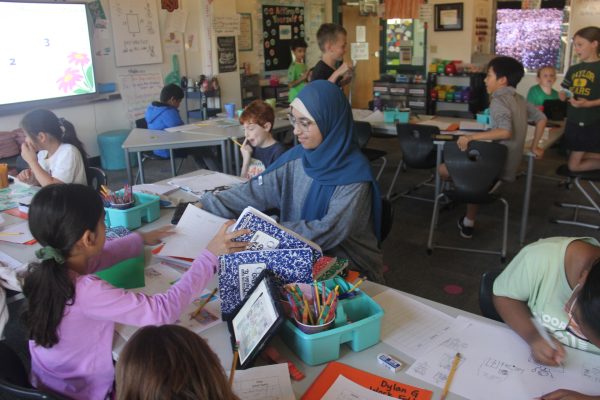
“There’s a side of teaching that most students only think exists, specifically the benefits such as getting to have break periods, food-inclusive conferences or any other form of ‘freedom,’” Naughton said. “But these in-person teacher aide opportunities are good for them to see the behind-the-scenes of all the work. It’s great that high school students are encouraged to utilize these chances because when majoring in education in college, you usually only get to observe classes during the last semester of your senior year.”
Usually beginning in the second nine weeks, the students start visiting a campus, Monday through Thursday for about 75 minutes each day to learn what it is like to teach in a classroom. Ending their weeks back in Ansley’s classroom each Friday, the students compile the new strategies and lessons they learned in their off-campus classroom within a journal entry to reflect on what kind of aspects they enjoyed and disliked.
“I found that trying to instruct younger students, especially middle school students, was much more difficult than I anticipated, however, getting the opportunity to be a teacher aide almost every day has helped me become a better leader,” Ajani said. “At CHS, we mostly only talk to students our age so now, I’ve gained public speaking and communication skills, along with seeing how much the practicum has helped me for my future with wanting to be a science teacher.”
The off-campus students often help the teacher with small group administration of assignments – reading to the class, working one-on-one with the students, grading, helping decorate the room/bulletin board and copying material for the teacher – which is a great opportunity for the practicum students to learn what age group they might want to work with and in what subject area.
“Any student who takes the teacher aide classes will benefit because either they come out saying they could never see themselves being an educator or they get a sneak peek into a profession they may love,” Ansley said. “I always tell my students that if the teachers you help and shadow don’t miss you when you’re gone, you’re not doing your job right.”
Follow @rhea_choud and @CHSCampusNews on X.




